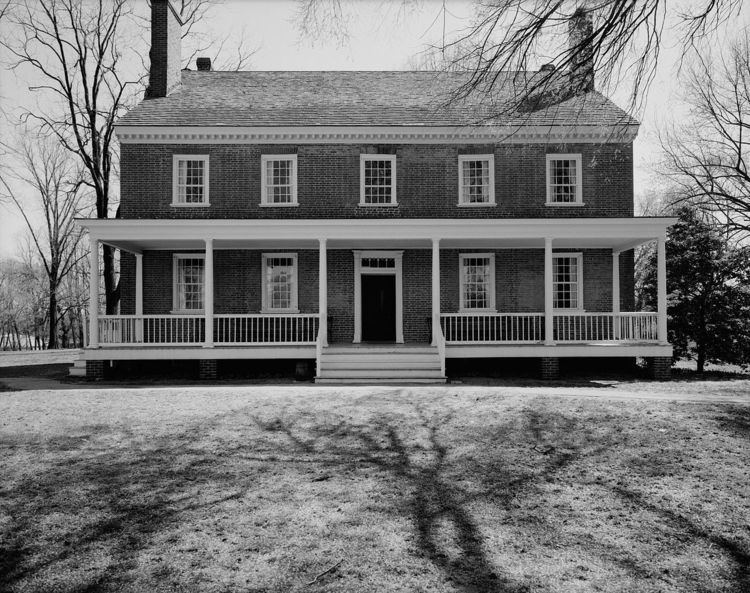Built 1790 Designated NHL June 23, 1986 Area 22 ha | NRHP Reference # 71000347 Opened 1790 Phone +1 502-897-9845 Added to NRHP 11 March 1971 | |
 | ||
Location 561 Blankenbaker LaneLouisville, Kentucky Hours Open today · 1–4:30PMSunday1–4:30PMMonday10AM–4:30PMTuesday10AM–4:30PMWednesday10AM–4:30PMThursday10AM–4:30PMFriday10AM–4:30PMSaturday10AM–4:30PM Similar Farmington, Belle of Louisville, McAlpine Locks and Dam, Zachary Taylor House, United States Marine H Profiles | ||
Historic Locust Grove is a 55-acre 18th-century farm site and National Historic Landmark situated in eastern Jefferson County, Kentucky. The site is owned by the Louisville Metro government, and operated as a historic interpretive site by Historic Locust Grove, Inc.
The main feature on the property is the ca. 1790 Georgian mansion that was the home of the Croghan family and gathering place for George Rogers Clark, Lewis and Clark, and U.S. Presidents. In addition to the mansion there is the Visitors Center that houses a gift shop, museum and meeting space.
History
The site was founded in 1790 by William Croghan and his wife Lucy Clark Croghan. Lucy was the sister of the younger William Clark of the Lewis and Clark Expedition and the older George Rogers Clark, former surveying partner of William Croghan.
On November 8, 1806, Meriwether Lewis and William Clark, tracing their way back from the Pacific Ocean, arrived at Locust Grove to a homecoming where Lucy Clark Croghan and her family welcomed them back from their journey. Locust Grove became the only residence still in existence west of the Appalachian Mountains to have sheltered Lewis and Clark. In the Fall of 2006, Locust Grove commemorated the 200th anniversary of Lewis and Clark's return.
George Rogers Clark lived at the site in the final years of his life, from 1809 to 1818.
The property was adjacent to Springfield, the home of Colonel Richard Taylor and his son, future U.S. President Zachary Taylor.
Following the death of William Croghan, the estate passed to John C. Croghan, notable for his purchase of Mammoth Cave in 1838.
In the winter of 1844, the farm was the site of the efforts of African-American slave Stephen Bishop to produce a map of Mammoth Cave. The resulting map was published in 1845, and remained the most complete and accurate map of the period until modern survey techniques were applied in 1908. A significant epilogue to Bishop's story occurred in 1972, when a long-sought route connecting the caves of Flint Ridge and Mammoth Cave Ridge was discovered in an area which Bishop had mapped, but which had in the interim been almost completely flooded by the construction of a dam on the surface nearby: the area of the 20th Century connection route is shown on Bishop's 19th century map.
It was declared a National Historic Landmark in 1986.
